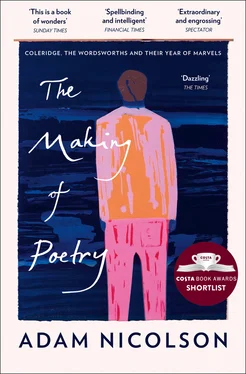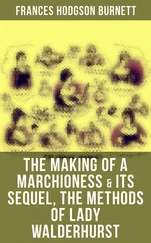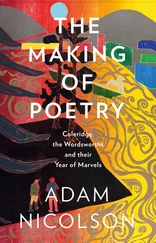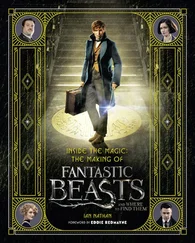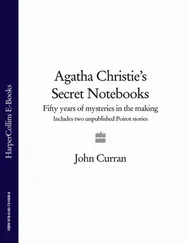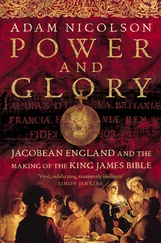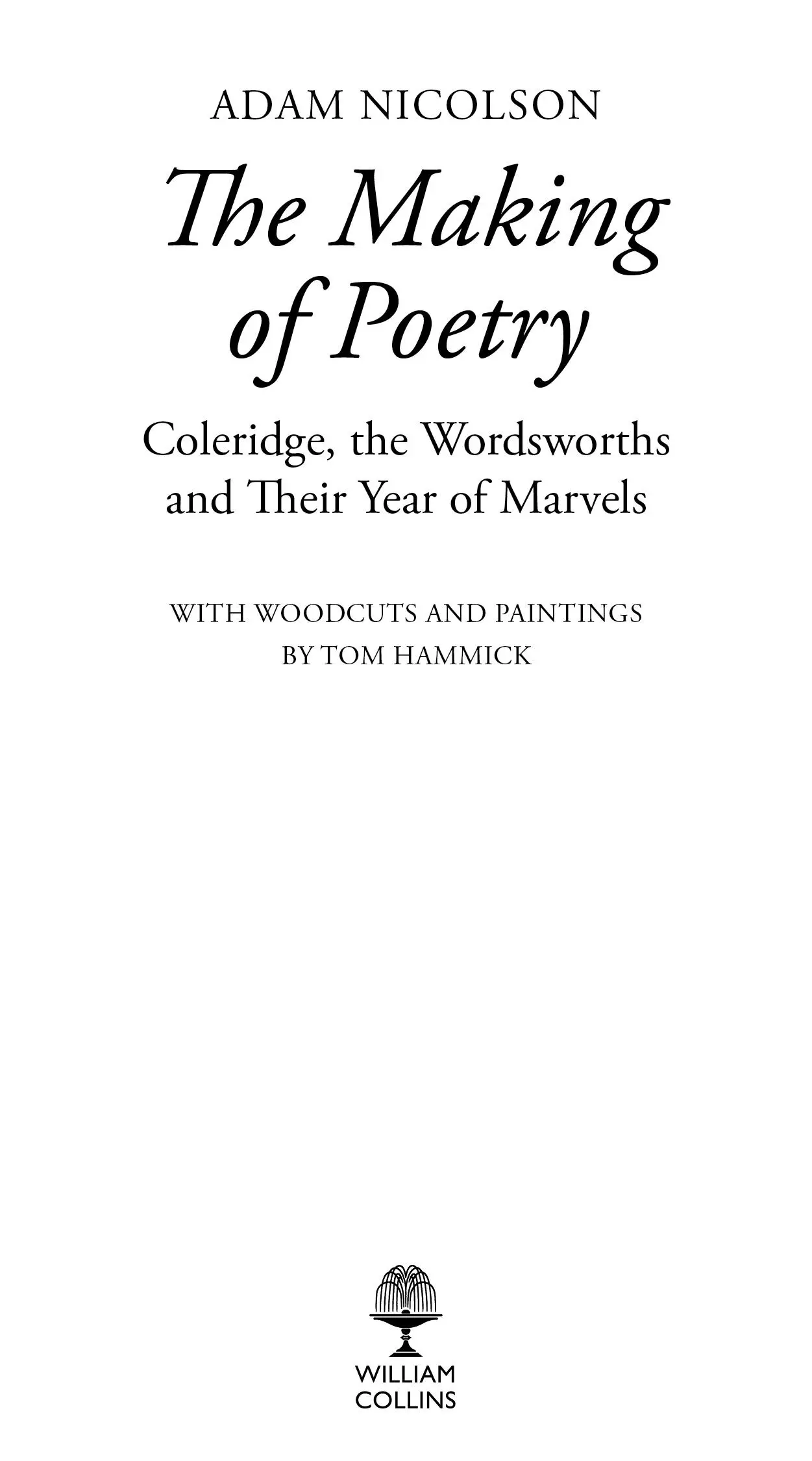
William Collins
An imprint of HarperCollins Publishers
1 London Bridge Street
London SE1 9GF
www.WilliamCollinsBooks.com
This eBook first published in Great Britain by William Collins in 2019
Copyright © Adam Nicolson 2019
Cover illustration © Wordsworth in Darkness by Tom Hammick
All woodcuts photographed by Leigh Simpson
The author asserts the moral right to be identified as the author of this work
A catalogue record for this book is available from the British Library
All rights reserved under International and Pan-American Copyright Conventions. By payment of the required fees, you have been granted the non-exclusive, non-transferable right to access and read the text of this e-book on-screen. No part of this text may be reproduced, transmitted, down-loaded, decompiled, reverse engineered, or stored in or introduced into any information storage and retrieval system, in any form or by any means, whether electronic or mechanical, now known or hereinafter invented, without the express written permission of HarperCollins.
Source ISBN: 9780008126490
Ebook Edition © June 2019 ISBN: 9780008126483
Version: 2020-01-13
For Tom Hammick
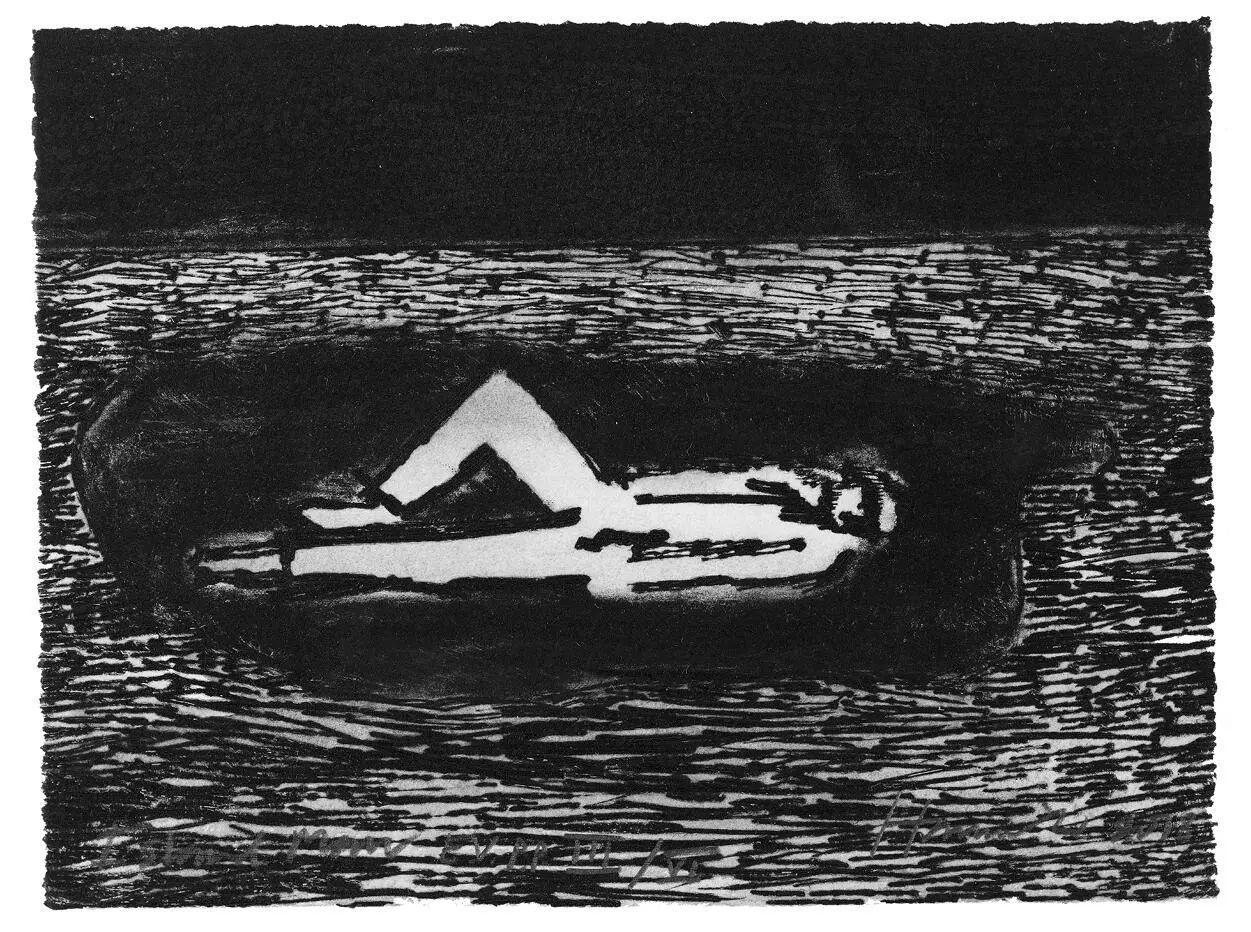
On the island of his self
The making of verses, the making of works, occurs in the edges of your life, of your time, in your late nights or early mornings … And my words, the words for me, seem to have more nervous energy when they are touching territory that I know, that I live with … I can lay my hand on [a place] and know it. And the words, the words come alive and get a kind of personality when they are involved with it for me. The landscape is image. It’s almost an element to work with, as much as it is an object of admiration.
Seamus Heaney, speaking to Patrick Garland on Poets on Poetry , BBC 1, October 1973
1 Cover
2 Title Page
3 Copyright
4 Dedication
5 Epigraph
6 Contents
7 1 Following
8 2 Meeting – June 1797
9 3 Searching June 1797
10 4 Settling – July 1797
11 5 Walking – July and August 1797
12 6 Informing – July and August 1797
13 7 Dreaming – September and October 1797
14 8 Voyaging – November 1797
15 9 Diverging – December 1797 and January 1798
16 10 Mooning – January and February 1798
17 11 Remembering – February 1798
18 12 Emerging – March 1798
19 13 Polarising – March 1798
20 14 Delighting – April, May and June 1798
21 15 Authoring – June 1798
22 16 Arriving – July 1798
23 17 Leaving – August and September 1798
24 Acknowledgements
25 A Note on Tom Hammick’s Pictures
26 Notes
27 Bibliography
28 Index
29 Also by Adam Nicolson
30 About the Publisher
Landmarks CoverFrontmatterStart of ContentBackmatter
List of Pages iii iv v ix 1 2 3 4 5 6 7 8 9 10 11 12 13 14 15 16 17 18 19 20 21 22 23 24 25 26 27 28 29 30 31 32 33 34 35 36 37 38 39 40 41 42 43 44 45 46 47 48 49 50 51 52 53 54 55 56 57 58 59 60 61 62 63 64 65 66 67 68 69 70 71 72 73 74 75 76 77 78 79 80 81 82 83 84 85 86 87888990919293949596979899100101102103104105106107108109110111112113114115116117118119120121122123124125126127128129130131132133134135136137138139140141142143144145146147148149150151152153154155156157158159160161162163164165166167168169170171172173174175176177178179180181182183184185186187188189190191192193194195196197198199200201202203204205206207208209210211212213214215216217218219220221222223224225226227228229230231232233234235236237238239240241242243244245246247248249250251252253254255256257258259260261262263264265266267268269270271272273274275276277278279280281282283284285286287288289290291292293294295296297298299300301302303304305306307308309310311312313314315316317318319320321322323324325326327328329330331332 333334335 337338 339340341342343344345346347348349350351352353354355356357358359360361362363364365 367368369370371372373374375376377 381382383384385386387388389390 ii
1
The year, or slightly more than a year, from June 1797 until the early autumn of 1798, has a claim to being the most famous moment in the history of English poetry. In the course of it, two young men of genius, living for a while on the edge of the Quantock Hills in Somerset, began to find their way towards a new understanding of the world, of nature and of themselves.
These months have always been portrayed – by Wordsworth and Coleridge and by Wordsworth’s sister Dorothy as much as by anyone else – as a time of unbridled delight and wellbeing, of overabundant creativity, with a singularity of conviction and purpose from which extraordinary poetry emerged.
Certainly, what they wrote adds up to an astonishing catalogue: ‘This Lime Tree Bower My Prison’, ‘Kubla Khan’, The Ancient Mariner , ‘Christabel’, ‘Frost at Midnight’, ‘The Nightingale’, all Wordsworth’s strange and troubling poems in Lyrical Ballads , ‘The Idiot Boy’, ‘The Thorn’, the grandeur and beauty of ‘Tintern Abbey’, and, in his notebooks, the first suggestions of what would become passages in The Prelude .
The grip of this poetry is undeniable, but its origins are not in comfort or delight, or, at least until Wordsworth’s walk up the Wye valley in July 1798, any sense of arrival. The psychic motor of the year is something of the opposite: a time of adventure and perplexity, of Wordsworth and Coleridge both ricocheting away from the revolutionary politics of the 1790s in which both had been involved and both to different degrees disappointed. Wordsworth was unheard of, and Coleridge was still under attack in the conservative press. Both were in retreat: from cities; from politics; from gentlemanliness and propriety; from the expected; towards nature; and – in a way that makes this year foundational for modernity – towards the self, its roots, its forms of self-understanding, its fantasies, longings, dreads and ideals. For both, the Quantocks were a refuge-cum-laboratory, one in which every suggestion of an arrival was to be seen merely as a stepping stone.
The path was far from certain. One of Wordsworth’s criteria for pleasure in poetry was ‘the sense of difficulty overcome’, and that is a central theme of this year: their poetry was not a culmination or a summation, but had its life at the beginning of things, at a time of what Seamus Heaney called ‘historical crisis and personal dismay’, emergent, unsummoned, encountered in the midst of difficulty, arriving as unexpectedly as a figure on a night road, or a vision in mid-ocean, or the wisdom and understanding of a child.
It was not about powerful feelings recollected in tranquillity. Wordsworth’s famous and oracular definition would not come to him until more than two years after he had left Somerset. This was different, a poetry of approaches, journeys out and journeys in, leading to the gates of understanding but not yet over the threshold. Even now, 250 years after Wordsworth’s birth, it still carries a sense of discovery, drawing its vitality from awkwardness and discomfort, from a lack of definition and from the power that emanates from what is still only half-there.
Читать дальше
